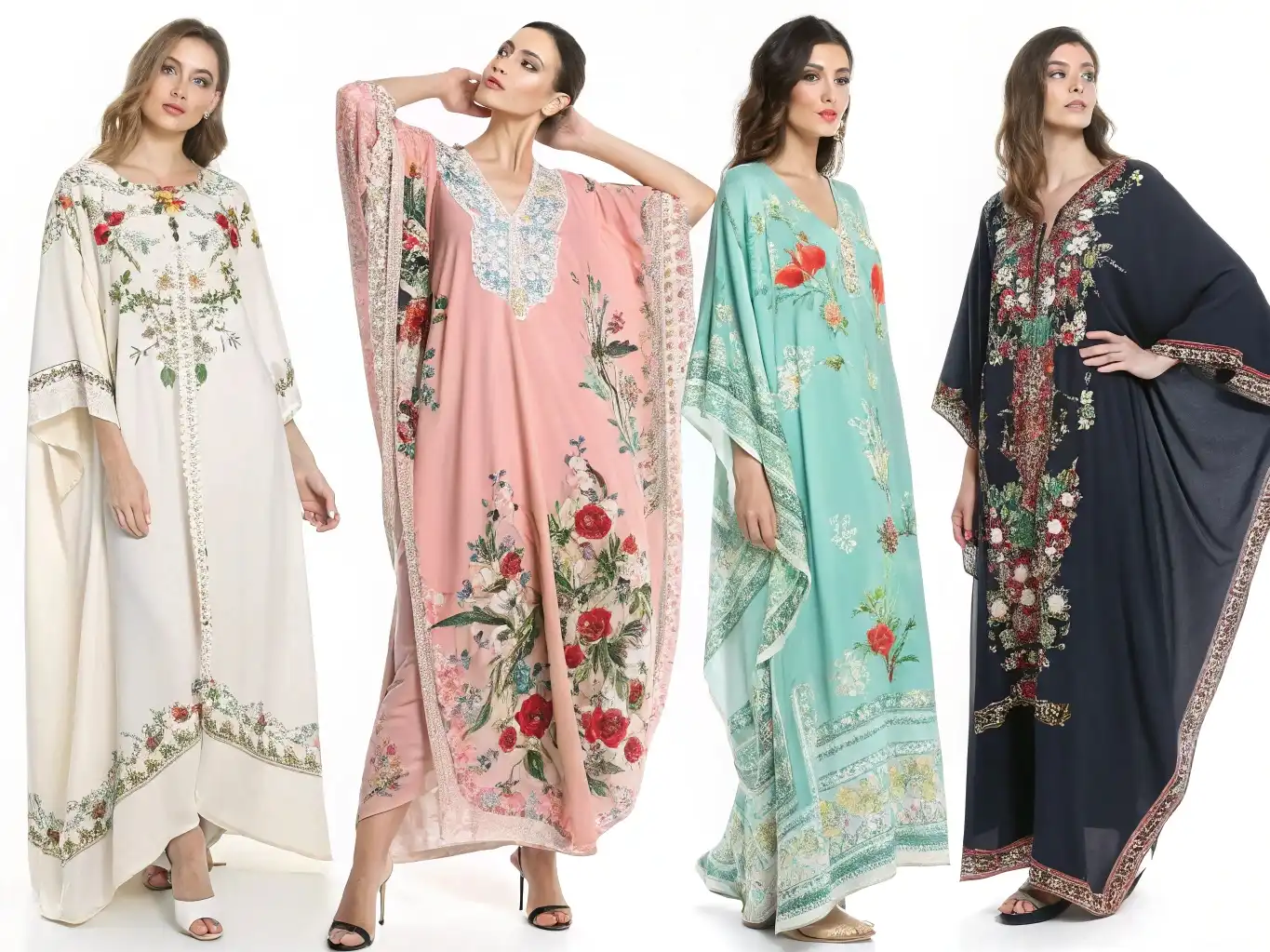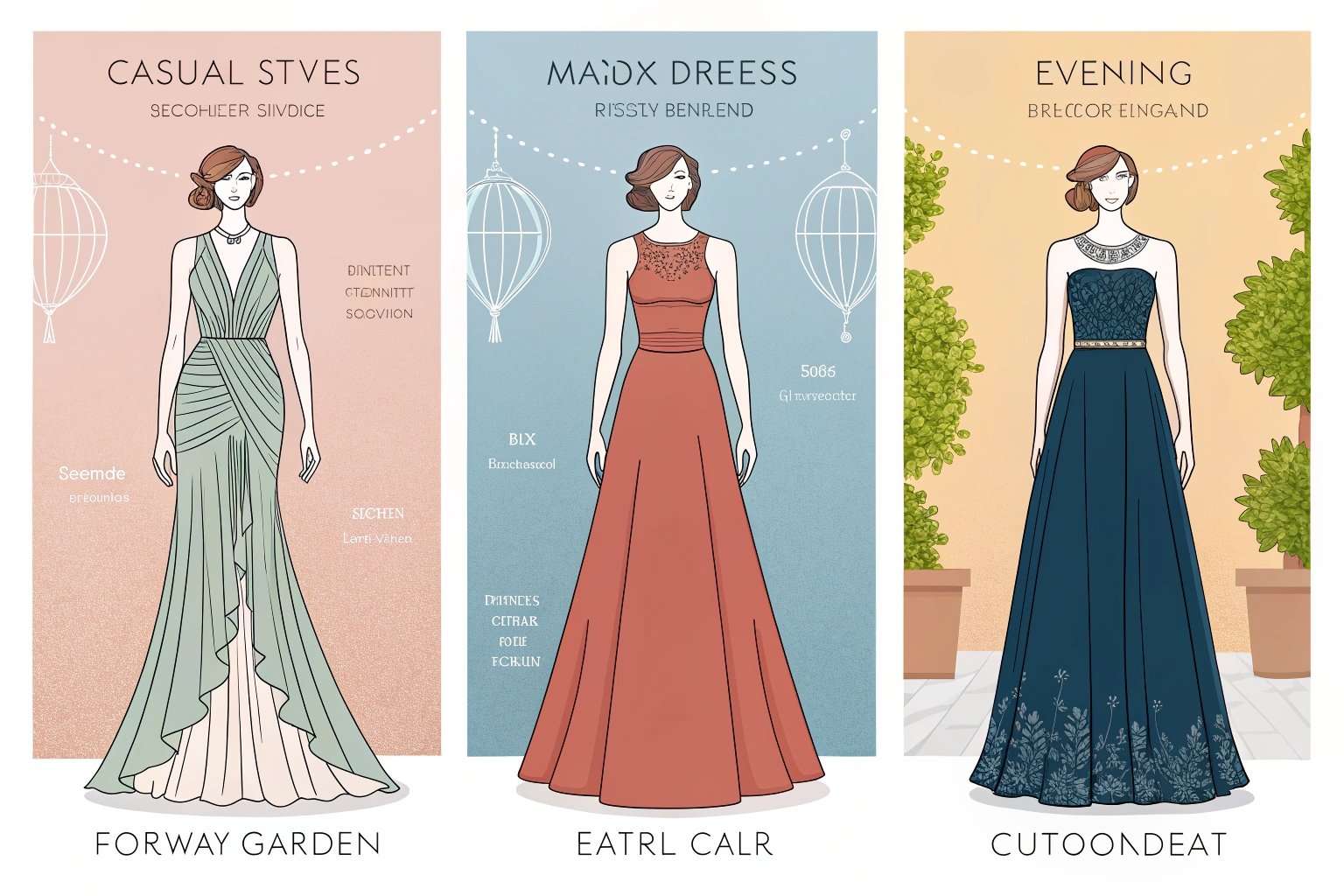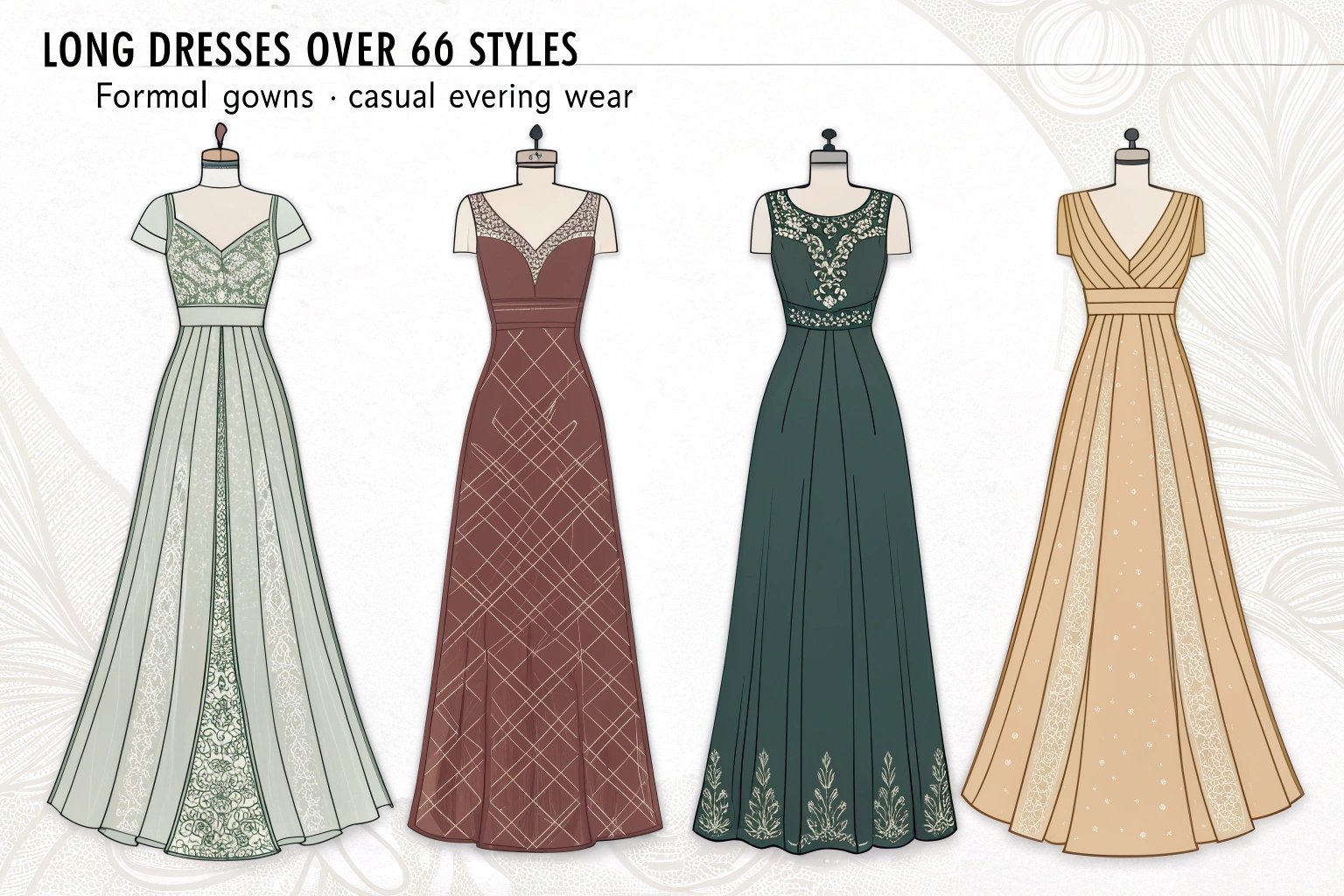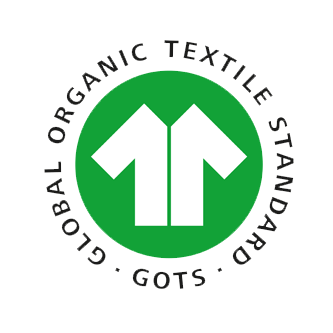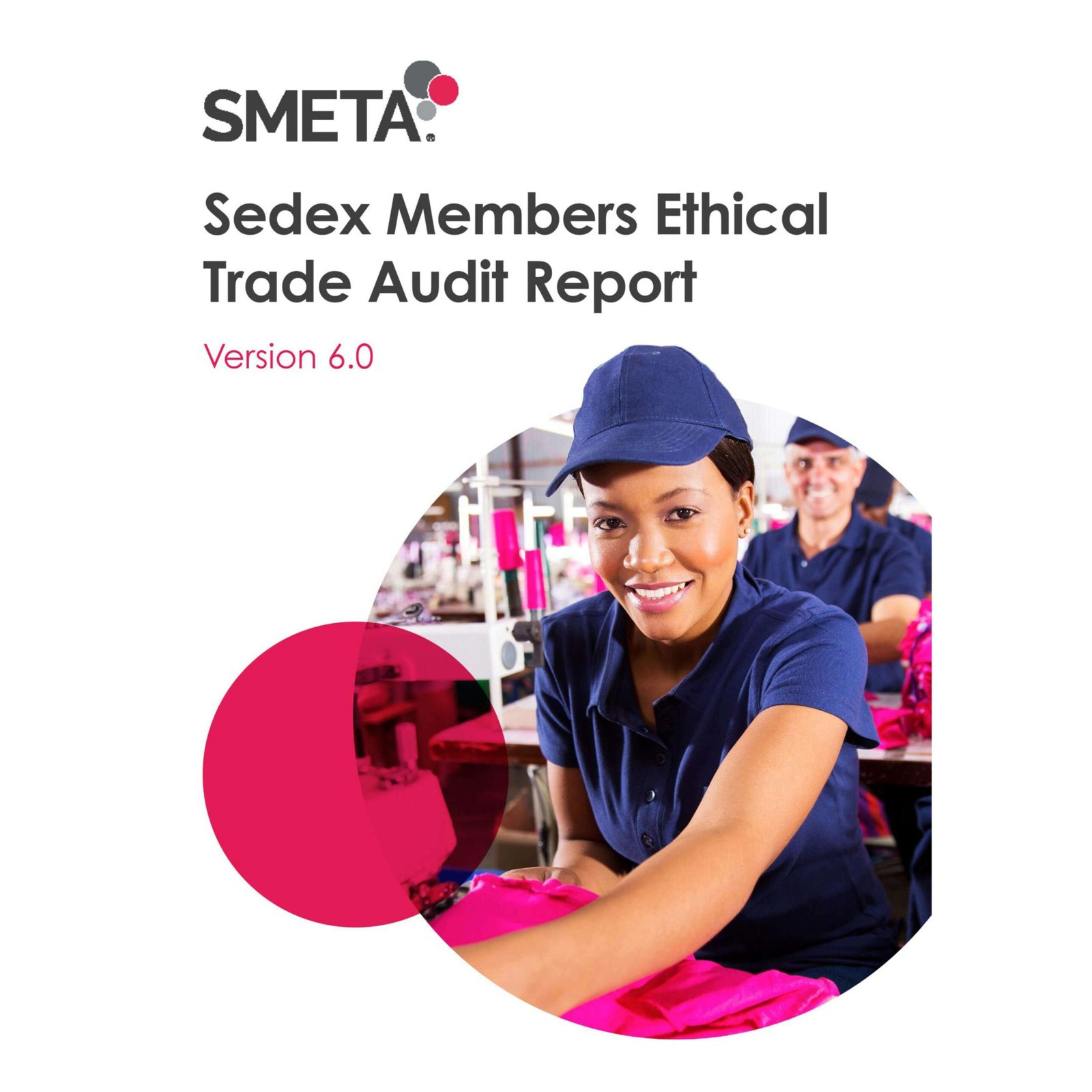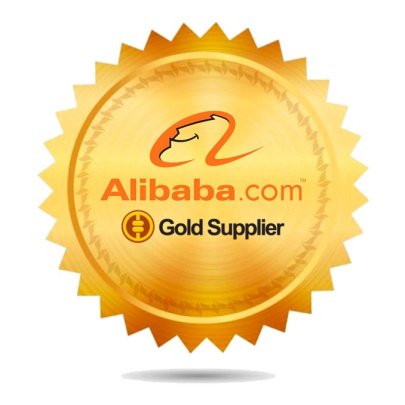If you ask anyone in the industry which names built the global jeans market, you will hear the same three: Levi’s, Wrangler, and Lee. I’ve manufactured denim for years, and I still use these brands as benchmarks when I set fabric specs, wash standards, and QC gates for new clients.
The “Big 3” earned their status by pairing durable fabrics with repeatable fits and culturally resonant stories. They also industrialized denim QC—locking specs across regions, mills, and seasons—so a customer buying the same model years apart gets the same experience.
When I audit a new program, I reverse‑engineer what the Big 3 standardized: yarns1, dye routes2, shrinkage windows3, seam constructions4, and shade control5. Below is the deep technical playbook I wish someone had given me on day one.
Who Are the Big 3 Denim Brands Dominating the Global Market?
Levi’s, Wrangler, and Lee built global distribution on the back of consistent, durable product.
They set standards through iconic core fits (Levi’s 501® family, Wrangler’s Cowboy Cut, Lee’s 101 series), then layered fashion capsules and collaborations without breaking the core blocks.
How They Earned Their “Big 3” Reputation
- Heritage + Utility: Each brand began with real workwear problems (riveted strength, anti‑twist legs, faster closure systems) and solved them with construction changes that still matter.
- Block Consistency: Core blocks rarely change. Minor evolutions are pattern‑graded carefully so loyal buyers don’t notice a “new” rise or knee.
- Globalization with Control: As production spread, they locked a spec bible: base fabrics (gsm/oz), shrinkage windows, torque limits, stitch types, and wash palettes—so Turkey, Mexico, Bangladesh, or Vietnam all deliver the same shade band.
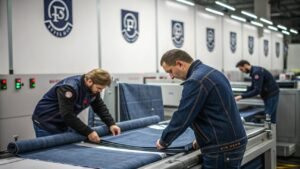
What Makes the Big 3 Denim Brands Stand Out?
Beyond logo and lore, their edge is technical: yarns, dye, weave, finishing, and stitching discipline. That is what customers subconsciously feel as “quality.”
Each brand optimizes a different stack—Levi’s balanced handfeel and aging; Wrangler optimized durability and leg‑torque control; Lee optimized comfort and everyday wearability with zipper convenience and soft hands.
Fabric & Construction—What They Do Differently
1) Fabric Architecture
| Element | Why It Matters | Typical “Big Brand” Choices |
|---|---|---|
| Yarn type | Ring‑spun = stronger, hairier (vintage hand); Open‑end = more uniform, cheaper | Ring‑spun warp; ring/open‑end weft mix for cost/hand tuning |
| Yarn counts | Governs drape & abrasion | 6s–8s warp / 8s–12s weft (rigid); finer counts for stretch |
| Weave | Right‑hand vs left‑hand twill changes hand and fade; broken twill reduces leg twist | Wrangler popularized broken twill to combat torque |
| Weight (oz) | Durability & seasonality | 11–13 oz (core), 14–16 oz (heritage), 10–11 oz (women’s/stretch) |
| Stretch system | Recovery & comfort | 1–2% elastane for comfort; dualFX (elastane+PBT) for high recovery |
2) Indigo & Dye Route
- Rope dyeing (multiple short dips, poor penetration) gives vertical “ring” fade over time—premium look.
- Slasher dyeing is more economical, steadier for mass shade control.
- Big brands specify # of dips, oxidation time, and indigo/black overdye recipes to lock shade bands and fade paths.
3) Finishing & Sanforization
- Sanforization targets shrinkage (e.g., ≤3% length/width).
- Skewing pre‑sets leg twist: brands specify skew % by fabric (e.g., 2–4%) to aim whiskers correctly after wash.
- Mercerization is rare for classic denim (changes hand/shine), but used selectively for fashion programs.
4) Stitching & Hardware Discipline
| Point | Spec Discipline You’ll See |
|---|---|
| Seams | 3‑needle felled outseam or inseam depending on brand; flattened with correct foot pressure |
| SPI (stitches/inch) | 7–9 SPI heavy seams; 9–11 SPI topstitch for neatness |
| Threads | Core‑spun poly/cotton TEX 40/60; contrast colors standardized per shade |
| Stress areas | Bar‑tacks at pocket ends, hidden rivets, waistband keyhole bartack |
| Hardware | Copper/brass rivets w/ anti‑nickel options; branded shanks; pocketing 7–8 oz twill |
How the Big 3 Collaborate with Denim Manufacturers
Core advantage: multi‑mill sourcing with one spec. Brands don’t just buy fabric; they buy repeatable performance.
Manufacturers implement brand bibles—fabric KPIs, wash palettes, pattern tolerances, and inspection frequencies—so 10 sites can build one model with near‑identical outcomes.
Large‑Scale Quality Management (What I’ve Seen Work)
A. Fabric Spec & Shade Control
- KPI table per fabric: weight (±3%), skew %, torque, tensile/tear, pilling, crocking, after‑wash shrinkage.
- Shade bands (ΔE targets): Every lot must fit an approved band under D65/TL84. Retains kept 2+ years.
B. Pattern & Fit Governance
- Golden size block sealed on fit models for each region (US/EU/Asia).
- Grading rules fixed (rise/knee/leg opening movement by size).
- TOP (Top of Production) try‑on every major lot to catch operator drift.
C. Wash Playbooks
- Standardized enzyme/stone recipes, laser whisker files, and ozone/rinse cycles per shade.
- Water, energy, and chemical KPIs tracked; vendors must match hand swatch and tensile retention after wash.

What Can Emerging Brands Learn from the Big 3 Denim Leaders?
Iconic doesn’t mean static. The leaders protect their base while experimenting at the edges.
They keep the 80/20: 80% repeatable core revenue, 20% controlled innovation (fits, fabrics, finishes, collabs).
Innovation Without Breaking the Block
1) Product
- Micro‑innovations: hidden comfort stretch in rigid looks; bio‑enzymes replacing pumice; laser for distress precision.
- Architected history: re‑issues (selvage runs, archive labels) priced as halo SKUs to lift brand heat.
2) Supply Chain
- Dual‑route dyeing (rope for premium, slasher for volume) while holding one target shade.
- Regionalization: NA/EU/Asia sewing hubs to hedge freight and duty.
3) Go‑to‑Market
- Good‑Better‑Best price ladders: entry rigid, mid stretch, premium selvage/collab.
- Drops & collabs for hype cycles; core pants always in stock (endless sizes/lengths).
How to Partner with a Denim Manufacturer to Compete in the Premium Denim Market
Winning against giants doesn’t require their budget—just their discipline. Your edge is clarity.
Write a spec that leaves nothing to interpretation, then enforce it with sampling gates and measurable KPIs.
The Spec Stack I Give New Premium Clients
1) Fabric Requirements (put these in your tech pack)
- Base: 13.5 oz (after‑wash) ring‑spun warp/weft; RHT 3/1; rope‑dyed (10–12 dips).
- Stretch (if any): 98/2 cotton/elastane (or 92/6/2 cotton/poly/PBT) with recovery ≥90% after 20 min.
- Shrinkage (A/W): ≤3% L/W; skew 2–3%; torque ≤5° after wash.
- Crocking: Dry 4–5; Wet ≥3.5. Tensile and tear per ISO/AATCC pass marks.
2) Construction & Trim
- Seams: Felled inseam, overlock+topstitch outseam; 8 SPI heavy seams.
- Thread: Core‑spun polycotton TEX 60 (seams) / TEX 40 (topstitch).
- Hardware: Branded copper rivets/shank; YKK 5YG zip or tack button fly; pocketing 7.5 oz.
3) Pattern & Fit
- Lock rise/knee/hem positions; define tolerance ±0.5 cm key POMs; block “no drift” note.
- Seal a golden sample (unwashed and washed) for each size run.
4) Wash Library
- Create 3 target shades (Dark Clean, Mid Vintage, Light Stone).
- Provide laser files (AI/DXF) for whiskers; enzyme/stone recipe with time/temperature; ozone target if used.
5) QC & Approval Gates
- PROTO → SMS → PPS → TOP with fit & shade checks at each stage.
- AQL 2.5 final; random tensile & crocking; measure 5 pairs/size for POM drift.

How the Big 3 Maintain Loyal Customer Bases Worldwide
It isn’t only marketing; it’s predictability. Customers trust the fit, the fade, and the fabric to behave the same year after year.
They minimize “surprises” by freezing core specs, communicating changes, and offering wide size/length ladders so shoppers find a dependable fit fast.
Retention Levers You Can Copy
- Core continuity: never discontinue your top 1–2 fits; season around them.
- Size depth: waist runs + multiple inseams (S/R/L) or numeric (30/32/34).
- Service: free repairs or paid tailoring; clear care guides (wash cold, inside‑out).
- Feedback loops: monitor returns “too long/short/tight seat” and tweak grading, not just marketing.
How to Find a Denim Manufacturer That Can Scale With Your Growth
Your partner must prove repeatability at 500 units and at 50,000 units.
Qualify mills and factories with sample runs that simulate stress: multiple shade lots, two sewing lines, real wash loads.
Capability Checklist (Use This Live)
| Capability | What to Ask For | Pass Signal |
|---|---|---|
| Fabric source | Which mills? Rope vs slasher? Shade band control? | Mill spec sheets + retain swatches; ΔE records |
| Wash room | Laser/ozone available? Water recycling? | Pilot wash lots that match your swatches |
| QC system | AQL policy? In‑line + final? Torque/shrink tests? | Logged reports; tester photos; calibrated gear |
| Scale | Max daily output on your style? | Same quality at 2 lines as at 1 line |
| Sustainability | Chemical mgmt, effluent control | ZDHC/Bluesign‑aligned processes, records |
Conclusion
The Big 3 didn’t win by luck. They locked fabric science, pattern discipline, and global QC—then told compelling stories on top. If you want to compete, spec like they do: define your yarns, dye route, weight, shrinkage, torque, stitch, and wash—in writing. Sample hard, measure everything, and protect your core fit like an asset. Do that, and customers will feel “big brand” quality the first time they button up your jeans.
-
Explore the different yarn types and their impact on denim durability. ↩
-
Learn about dyeing techniques that create unique denim finishes. ↩
-
Discover how shrinkage windows are calculated and their importance in fit. ↩
-
Understand the various seam constructions that enhance denim durability. ↩
-
Learn about the techniques used to maintain consistent denim shades. ↩


